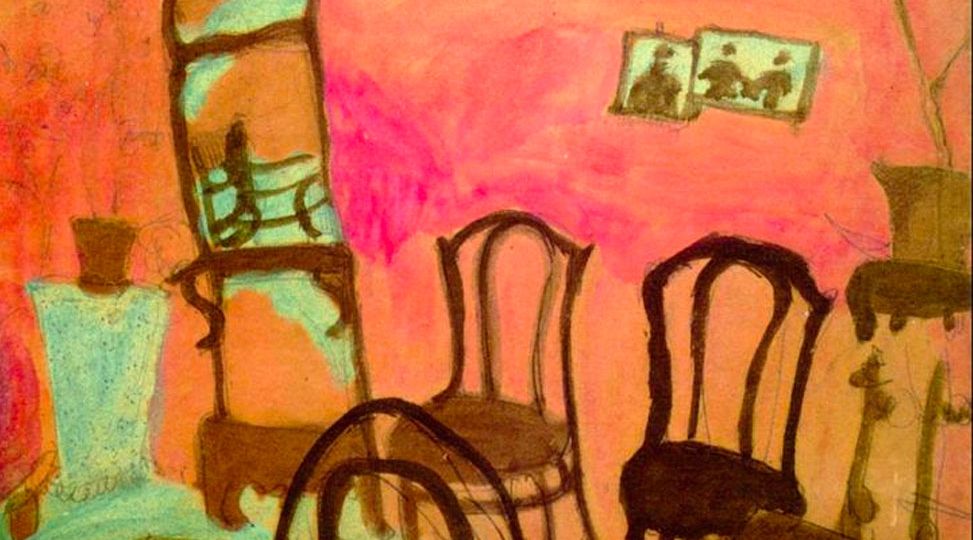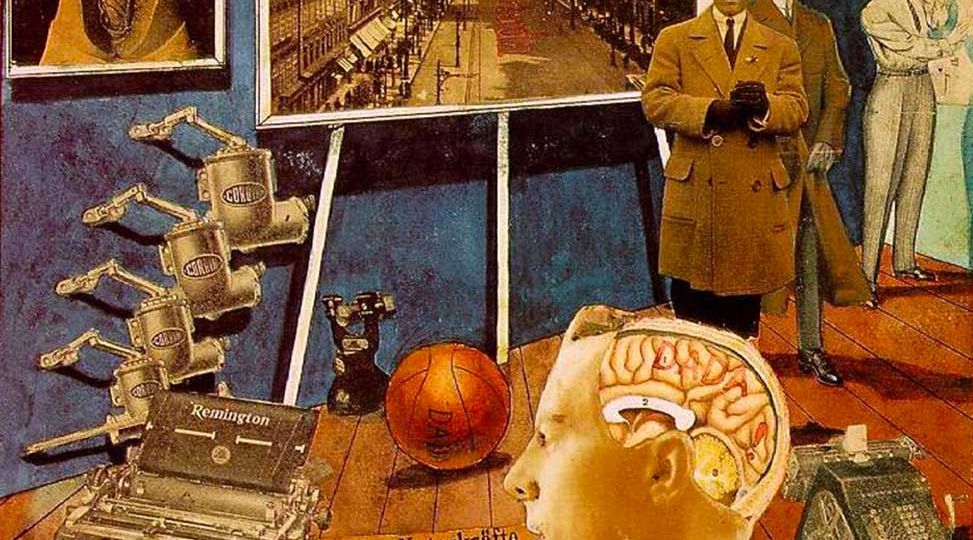The feeling function has its roots with the archetypal mother. My actual mother had limited tolerance for negative emotions from me. Her outbursts frightened me, and my own feelings terrified me even more. Hillman wrote that the mother-complex, “is the permanent trap of one’s reactions and values from earliest infancy, the box and walls in every situation whichever way one turns.”
Sensing
For intuitives, change can be a thrilling undertaking. A preference for sensing, by contrast, tends to be associated with a step-by-step process to change that is anchored in what is known, as well as what is necessary and practical. If acculturation is viewed as a process of change, intuitive individuals possess a greater propensity for reconciling different cultural identities.
In our home ‘to J’ is a commonly used verb. “Who J’d the gaffer tape?” means, “Who put the gaffer tape away somewhere where I can’t find it?” My J-preferenced housemates need predictable order; I need a multitude of choices always visibly at hand. They like surfaces clear and relatively tidy. I need everything out where I can see it.
Independent of the historical cycle, Republican presidents tend more toward Sensing, while Democratic presidents tend more toward Intuition, as predicted by theory. This calls to mind G. K. Chesterton’s famous remark, “The job of liberals is to keep making new mistakes, while the job of conservatives is to make sure that old mistakes never get corrected.”
Delivering education that gets today’s students ready for the modern world must incorporate flexibility, diversification, and individualization. Students have moved past the structure of traditional classrooms. They have different problems, different gifts, and dramatically different brains. Educators need to refocus their efforts on teaching individuals.
These at-risk students taught us how to teach everyone. I have described my classroom set-up as an integral part of the instruction. … Intuitively, before knowing about type, I had set up my classroom to accommodate multiple learning styles. Even the ISTJ students, who tend to like the traditional classroom set-up, performed better in my classroom.
The type code had another unintended effect, which was to elevate the E-I and the J-P dichotomies to the same level as the functions. I had always thought of myself as an Introvert and nothing else. I had also been taught that I was a Judging type and I had been told that “J’s decide quickly,” but that was not true for me. So there were holes in my preference framework where my experience did not fit what I was taught.
I describe here how I discovered a new way to find the function-attitudes—the ‘building blocks’ of personality type—associated with any set of MBTI® results. I discovered this method almost by accident. My goal was to form teams of graduate design students working together to conceive, build, demonstrate, and report on a physical project.
In the MBTI® I found the self-understanding that I had been lacking; I saw myself finally as less of a dilettante than an adaptive explorer, and a powerful implementer of all I had learned. I had been collecting knowledge and skills but had continued to be unclear about my “use of self.” I finally saw my journey as self-actualization.
The contrasts between the handwriting of Sigmund Freud and Carl Jung show that they had very different temperaments and give credence to speculation that the difference in their personalities was an important factor in the final dissolution of their friendship. Freud’s writing is very complex and contradictory; Jung’s very simplified and balanced.











